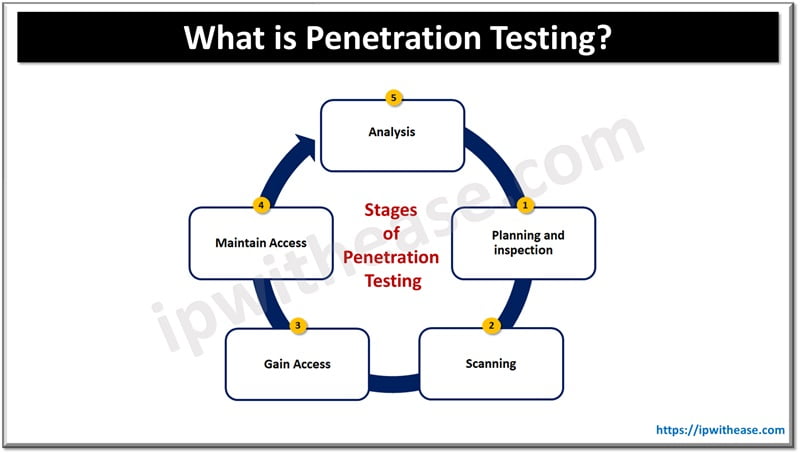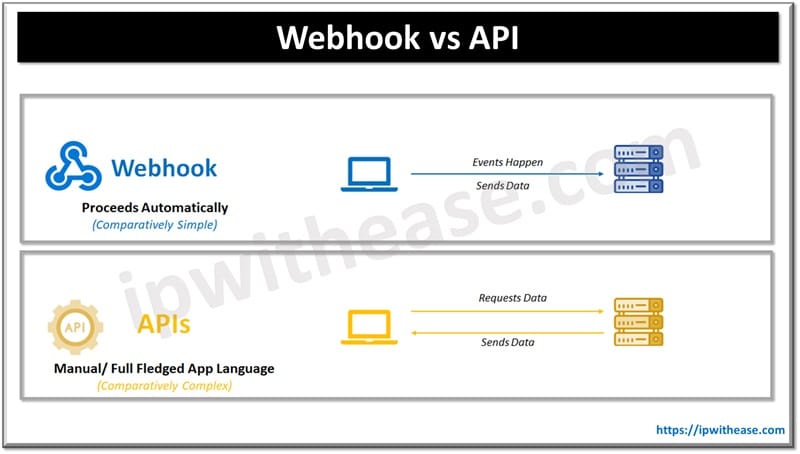Table of Contents
Integrating applications seamlessly is becoming ever more essential in today’s digital world, particularly for large enterprises. Integrating various systems, applications, and data sources into an efficient whole is critical to maintaining competitive edge and operational efficiency. This comprehensive guide is intended to give enterprise solution architects, CTOs, and IT directors valuable insight into application integration practices including their definition, benefits, real-world examples, and best practices.
Importance of Application Integration
Application integration is essential for modern enterprises as it ensures operational efficiencies by linking disparate systems together seamlessly. By breaking down silos, organizations can streamline workflows, reduce redundancies, and enhance data accuracy across their operations. Interconnectedness provides real-time information access for decision-makers pursuing strategic initiatives. Effective application integration provides businesses with more agility in responding to changing market conditions and regulatory mandates quickly, quickly implementing innovative solutions in response to shifting market conditions or regulatory mandates. Digital transformation makes application integration not simply a technical necessity but rather a strategic imperative contributing to overall business growth and resilience.

What is Application Integration
Pretty much all application integration examples rely on middleware technologies to facilitate communication and data exchange among software applications. This may involve data integration, process integration, user interface integration, or any combination thereof. Each aspect serves its specific function for seamless sharing between apps regarding data, workflow or UIs.
Architecturally speaking, application integration can be accomplished via various approaches such as point-to-point integration, middleware solutions, and enterprise service buses (ESBs). Each approach offers its own set of advantages and drawbacks depending on your enterprise’s individual requirements and scale.
Application Integration Benefits
Integration offers enterprises numerous advantages.
- Most notably, it improves operational efficiency by automating data transfer between systems and reducing manual data entry for error reduction, giving more accurate and timely information essential for decision-making processes.
- Integral applications provide a single source of truth for data, guaranteeing its consistency and reliability. This is particularly essential in large enterprises with multiple departments and business units working collaboratively together.
- Application integration enables enhanced customer experiences by creating a single view of customer information across all touchpoints, leading to more tailored interactions for greater customer satisfaction and loyalty.
Common Challenges in Application Integration
Application integration presents numerous unique obstacles, not the least of which is data silos.
- Information located within individual systems but unavailable or hard to share between systems obstructs information flow and hinders integration efforts.
- Integrating legacy systems with contemporary applications is often an unwelcome obstacle, particularly for companies using multiple technologies that make integration complex.
- Ensuring data security and compliance during this process may pose further issues for industries with stringent regulatory requirements.
Types of Application Integration Solutions
Data integration encompasses many different forms of application integration, each fulfilling its own function. Data unification entails merging disparate sources into one central view using extract, transform, and load (ETL) processes or virtualization technologies.
Process integration involves orchestrating and automating business processes across applications to streamline workflows and complete tasks more efficiently. In contrast, user interface integration seeks to provide a consistent user experience by unifying interfaces from various apps into one cohesive platform.
Middleware Solutions for Application Integration
Middleware plays an integral role in application integration by acting as an intermediary layer between disparate systems. There are various kinds of middleware solutions available today. Message-oriented middleware (MOM), object request brokers (ORB), and data integration platforms are among those to consider.
Enterprise Service Buses (ESBs) are the perfect middleware solution for large enterprises, providing a centralized platform to connect applications over an integrated messaging infrastructure and simplify integration processes while increasing flexibility when managing complex IT environments.
Best Practices for Application Integration
Enterprises looking for successful application integration should adhere to several best practices. First, an assessment of their existing IT landscape should be performed to identify integration needs and challenges. This may include understanding data sources, applications, and business processes that need connecting.
Enterprises should implement integration in phases, beginning with high-priority areas and gradually expanding across other systems. This method will ensure proper resource allocation while also limiting business disruptions.
Thirdly, modern integration technologies like API management platforms and microservices architecture offer enterprises increased flexibility and scalability. Modern integration technologies provide enterprises with increased adaptability by offering modular integration components that can quickly adapt to changing business requirements.
Data Modeling in Application Integration
Data modeling is an integral component of application integration. This practice involves creating an abstract representation of an organization’s data structures and relationships for use when planning and implementing integration solutions.
Effective data modeling ensures that data is accurately represented, with relationships clearly established among different entities. This allows seamless exchange between applications while improving data quality and consistency.
Integrate Data Silos
Data silos present a persistent challenge for large enterprises, where various departments and business units operate separately. Integrating applications is necessary to increase data access and enable informed decision-making processes.
One effective solution for data silos is implementing a data integration platform that consolidates all forms of information into one central repository, giving employees easier access to their information across their organization.
Data Security and Compliance Solutions
Data security and compliance are of utmost importance when it comes to application integration. Businesses must ensure that data is protected during transmission while also meeting any necessary regulatory standards, with audits and assessments conducted regularly to make sure integration processes comply with industry norms and regulations. Businesses can implement robust security measures like encryption or access controls in order to secure their integration processes against industry regulations and standards. Audits will help keep processes compliant.
Application integration is integral to enterprise success, serving as the cornerstone for seamless data exchange, process automation, and improved decision-making. By understanding different forms of integration technologies available today and adopting best practices for their use, enterprises can successfully overcome integration obstacles and unlock their full potential within IT environments.
Enterprise solution architects, CTOs, and IT directors must remain aware of emerging trends and technologies related to application integration if they wish to stay at the forefront of innovation and maintain competitive advantage. If your enterprise’s IT landscape needs further optimization, investigate advanced integration solutions that may assist in reaching its desired goals.
Enterprises prioritizing application integration can ensure their systems work cohesively to bring internal and external value, increasing customer satisfaction while staying ahead of the competition. Make it a top strategic priority of your enterprise.
ABOUT THE AUTHOR
IPwithease is aimed at sharing knowledge across varied domains like Network, Security, Virtualization, Software, Wireless, etc.



